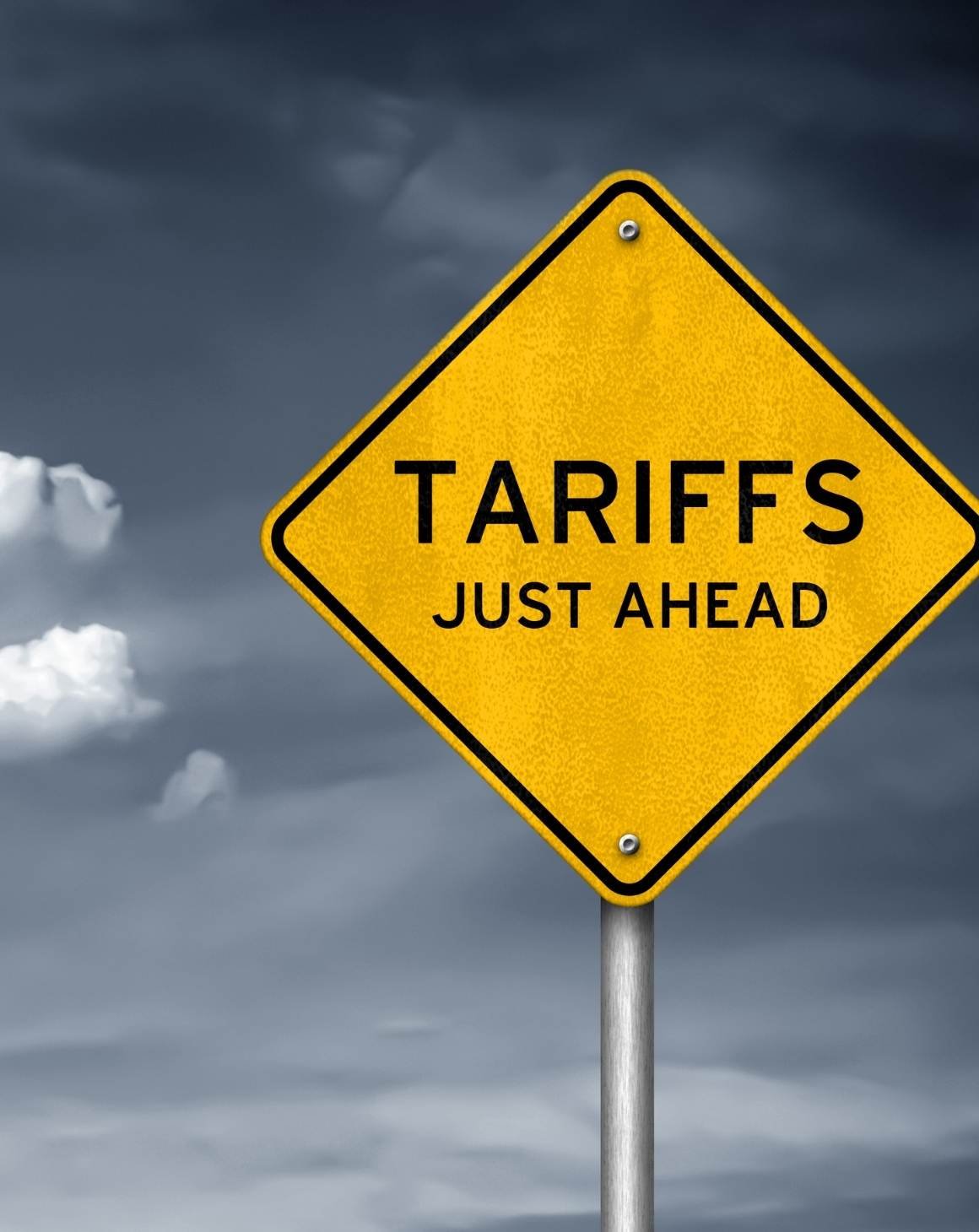We know you’ve likely heard many different takes on “MAP” and how you should handle it. We wanted to help clear things up and provide a little bit of guidance and some general guardrails in navigating this increasingly important area of brand protection.
Make sure your MAP policy is unilateral
Often brands and businesses misunderstand the nature of a MAP policy. A legitimate MAP policy is one that is administered in a completely one-sided--or unilateral--way. This means that brands must not require any agreement on behalf of resellers to the policy. There is no consideration provided by the brand in exchange for a reseller’s acceptance of the policy. The policy is what it is. Created by the brand. Enforced by the brand. Delivered to resellers as “FYI.”
Make sure your MAP policy is non-discriminatory
It is not uncommon for brands to create MAP policies that have much bluster and legalese but, when it comes down to enforcement, the brands pick and choose when and with whom they would like to take action. That’s a problem. For a MAP policy to be given weight in a dispute with a reseller, the policy must have been applied across the board with the brand’s resellers. It’s not a good look for the brand to say “We allow Frank’s Store to sell below MAP because we’ve worked with them for years” and then, in the same breath, tell Sally’s Store they’ve been suspended pursuant to the MAP policy--you’re asking for trouble.
Make sure your MAP policy is flexible
Every brand has promotions, holidays, off-season products, or other reasons for which they prefer to allow some items be sold below normal MAP pricing at one time or another. Make sure to think through these situations as you craft your policy. Do you allow a certain summer line of items to be sold below MAP starting in October and ending in February (for example)? Providing these exceptions to normal MAP pricing within your policy can avoid headaches and confusion moving forward.
Understand that there are different flavors of MAP policies
There are policies that are referred to as MSRP policies, UPP policies, iMAP policies, eMAP policies… oh, and of course, regular old MAP policies. You get the idea. One key to crafting a quality policy that fits your brand is sitting down and taking time to understand each of these variations. Once you have a grasp of how each differs from the other and how each one may or may not fit your approach, you’ll be well on your way to creating an effective policy.
Remember your MAP policy is only one piece of your foundation puzzle
Simply creating and enforcing a MAP policy is not enough, on its own, to take control of your brand online. It certainly is a great step. But without proper reseller agreements and monitoring/tracking mechanisms in place, you will likely find your brand right back “at start” soon enough. Also, having buy-in and understanding across the company is essential to creating and maintaining great enforcement foundations.
There is a lot here, and there is even more that is not as easily condensed into a single blog. The needs of each brand are unique. If you have any questions or would like to set up a quick consultation call, simply reach out to us.








.png)
.png)
